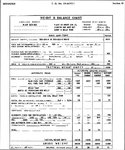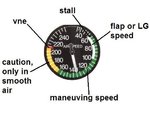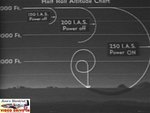You had to remind me it was near christmas, didn't you? All I get when going into town is the decorations flashing in my face, and the town clock playing jingle bells on the hour. And then everyone thinks I'm weird because I don't "celebrate" christmas.
Sorry ...carry on with your little plane talk, I'll just mutter in disgust ...in that corner, over there.
Sorry ...carry on with your little plane talk, I'll just mutter in disgust ...in that corner, over there.



